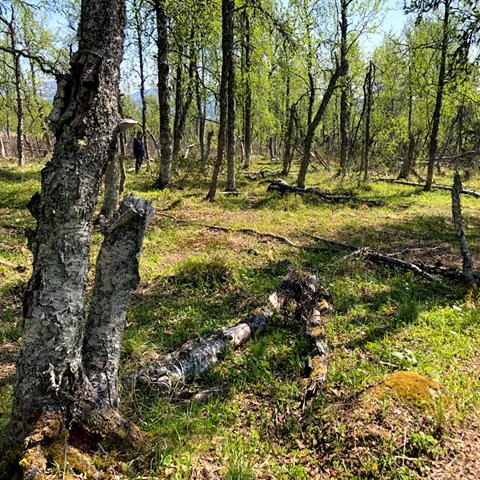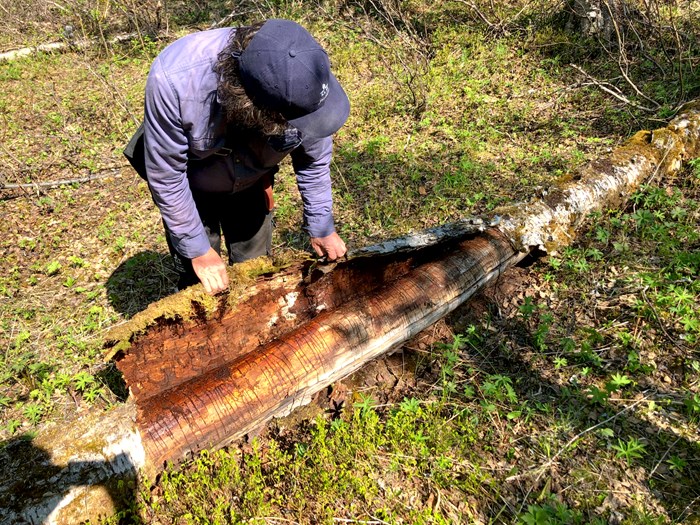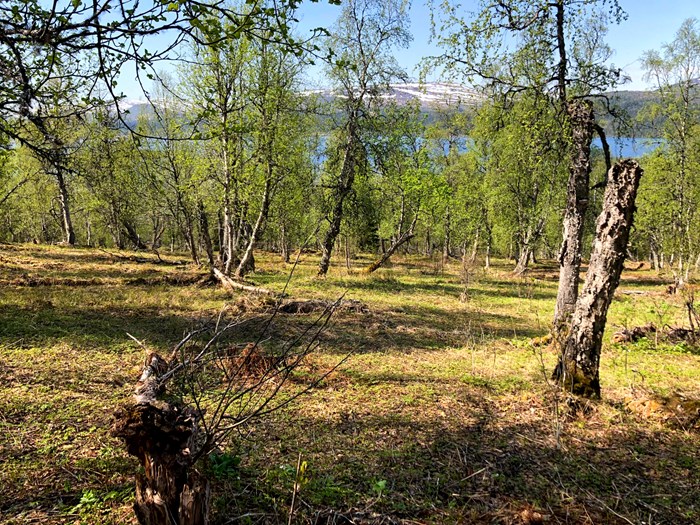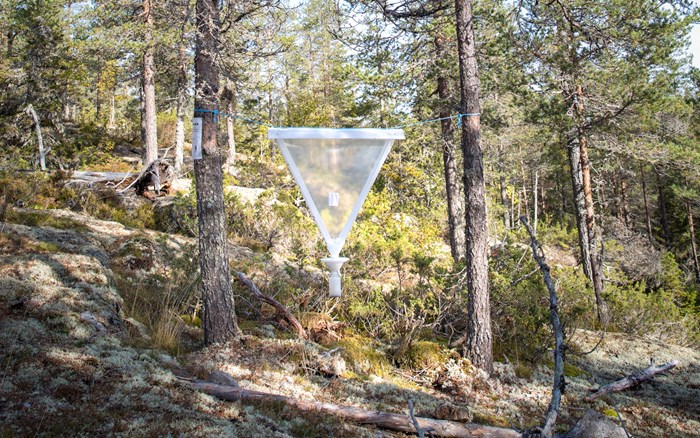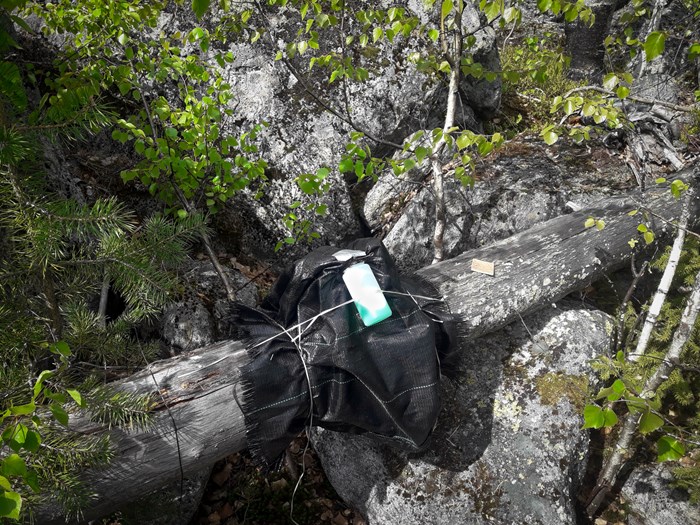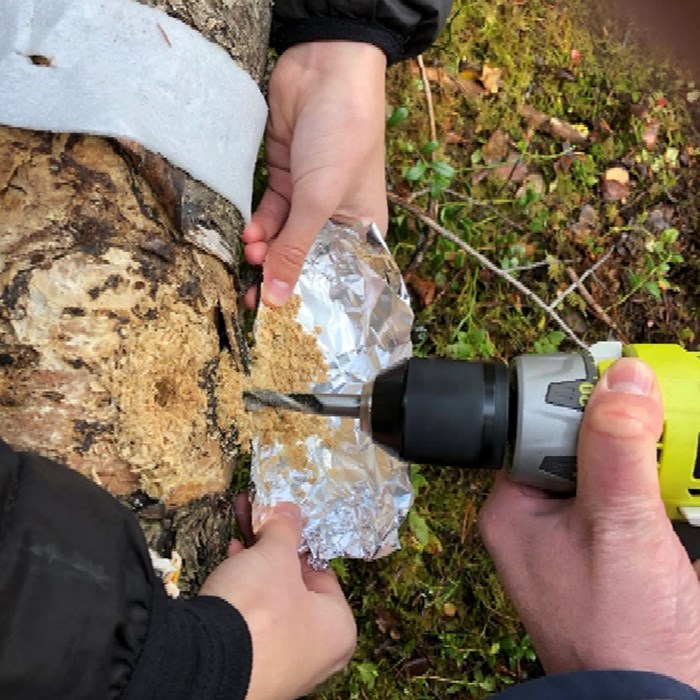Researchers from the Swedish University of Agricultural Sciences (SLU) aim to determine the role of mountain birch forests in conserving wood-inhabiting species. Mountain birch forests is still unaffected by industrial forestry and contain much dead wood from broadleaved trees. In addition to surveying wood-dwelling insects and fungi, the researchers will try to predict which additional wood-inhabiting species that may establish in mountain birch forests as the climate warms.
In northern Sweden, clear-cutting forestry has greatly reduced the amount of older broadleaf-rich forests. Additionally, foresters have weeded out broadleaved trees using chemicals and promoted conifers in selective cuttings (pre-commercial and commercial thinning, etc.). Consequently, many species associated with dead wood from broadleaves have declined, and some have disappeared from large areas. However, the mountain birch forests bordering the Scandinavian mountains remain unaffected by industrial forestry and cover vast areas.
“Mountain birch forests have plenty of dead wood from broadleaved trees, but knowledge about the organisms inhabiting this wood is very limited. The cold environment certainly means that some species of lower elevations are missing, but we do not know for sure how many and which these missing species are," says Mats Dynesius, a researcher at SLU leading the study.
Species composition is being studied
In the project, researchers compare the species composition and abundance of insects, primarily beetles, and fungi living in deadwood in a number of mountain birch forests with that of lower-lying broadleaf-rich forests in northern Sweden. Insects are captured using various types of traps, and fungi are studied by taking wood samples for DNA analysis to identify the species present.
The researchers also plan to compile data on geographical ranges and ecological characteristics for all northern Swedish species of wood-dwelling beetles and fungi.
“We want to know which of these species are missing or uncommon in mountain birch forests and should therefore be prioritized in conservation efforts in lower-lying forests," says Mats Dynesius.
The scientists also aim to predict which lowland species may colonize mountain birch forests during the ongoing climate warming. Additionally, they will analyze the information on broadleaf deadwood in mountain birch forests recently collected by the Swedish National Forest Inventory and compare it with corresponding data from lower elevations.
“We will use the knowledge we gain to provide well-founded advice on how to design conservation measures in lower-lying forests to primarily benefit the wood-dwelling species that cannot tolerate the cold climate in mountain birch forests," says Mats Dynesius.
